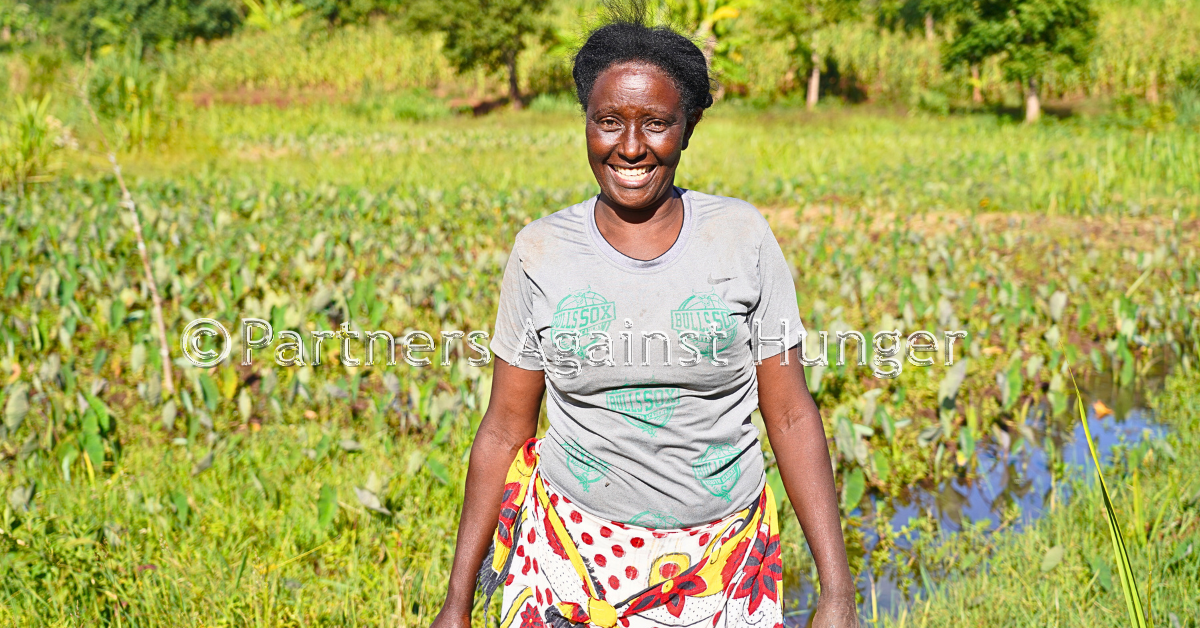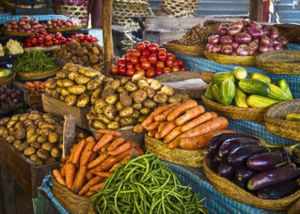
Who Are Smallholder Farmers? Small But Mighty!
Smallholder farming is an essential part of the global agricultural landscape, providing food and income for millions of families around the world. In Africa, the spinal cord of agriculture is hardworking smallholder farmers that total around 33 million who farm on less than one hectare.
Their contribution to the economy and health is growing and their story needs more than acknowledgment. These farmers grow our staple foods such as maize, yams, cassava, beans, sorghum, bananas, and African leafy vegetables.
Through this, they act as our big environment conservation stewards through practices such as agroforestry where they grow fruit trees alongside other crops.
Here are seven key things to know about smallholder farmers and smallholder farming:
- Smallholder farming is often rain-fed, meaning that these farmers can be seen planting when the rainy season starts and rely entirely on it as the source of water throughout the production span. Prolonged weather-related events such as drought can have a devastating impact on their yields and livelihoods as well.
- Smallholders primarily produce for local consumption, but their commodities can also find their way into the export market. For example, commodities such as vegetables, macadamia, and avocado are grown by smallholders and sold to international buyers.
- Smallholder farmers produce relatively small food volumes on small plots of land compared to large or commercial-scale farmers. Although they produce small volumes, they play a crucial role in feeding local communities and generating income for families.
- Smallholders generally have fewer resources and technology than commercial-scale farmers. For example, most of them lack access to better storage facilities and till their land by hand instead of using tractors.
- Small farms depend predominantly on family labor. This means that these farms are often managed by families and operated by family members, with little or no outside assistance. They are likely not able to employ expert services in the event they outsource labor.
- These farmers are often vulnerable to climate and market price fluctuations. Meaning they have the same harvesting time which causes flooding of produce in the markets and hence fetch low prices. During the offseason, they have insufficient surplus for the markets, their income and livelihoods are interfered with, and are likely to buy produce they formerly farmed at higher prices.
- Smallholders are often considered part of the informal economy, meaning that their livelihoods depend on the natural resource base and informal networks to access markets. This can make it difficult for them to secure financing or access other resources.
Major challenges faced?
Smallholder farmers majorly face market access, climate change and access to finance and quality-certified inputs challenges.
Market access
Access to the formal market is a big challenge that sometimes discourages smallholder farmers from expanding their production capacities. Most of these farmers live in remote arable land that faces poor road networks and access to online technologies that even discourage buyers from reaching them. Again high transportation costs slash them at the knees to access markets considering most of them always need to sell their produce as soon as yesterday due to perishability and lack of ideal storage facilities.

Climate Change
When the droughts strike, smallholder farmers are hit hard since they depend on rainfall as the sole source of water. Due to unpredictable weather conditions, no one dares to do any farming activities. Sometimes it is devasting how these farmers transit from drought-hit to flooding, drowning of livestock, and destruction of crops by heavy storms.
In recent days, close to the end match we have witnessed heavy hail rains destroying crops in Western Kenya, and floods covering crops in North Eastern Kenya, and livestock drowning as well. Heavy erosion in these scenarios leads to loss of soil fertility and deprives potential of the arable land which pre-exposes us to food insecurity when prime production season is hampered.
Access to finance and quality farm inputs provision
Most of the smallholder farmers lack information on where to get favorable credits to purchase inputs, where to purchase the inputs, the cost of the certified inputs, and the inputs suitable for their soils. Most of the time farmers need flexible capital that they can easily pay especially upon harvesting.
FSPN Africa offers advisory and extension services to smallholder farmers to conveniently access the markets right from their households. They are benefiting from market facilitation and practical training in financial literacy. Pooling of produce is also helping them sell in bulk to markets and off-takers.
One stock digital platform is playing a big role in helping these farmers to easily access weather information and take precautionary measures, get region-based extension advisory, market their produce, and access inputs. The work of smallholder farmers in the agriculture ecosystem needs consistent and reliable support to reach their full potential.
Round of applause to smallholder farmers. Their actions are small but jointly mighty to our Mother Africa. They play a critical role in the global agricultural landscape, providing food and income for millions of families.
